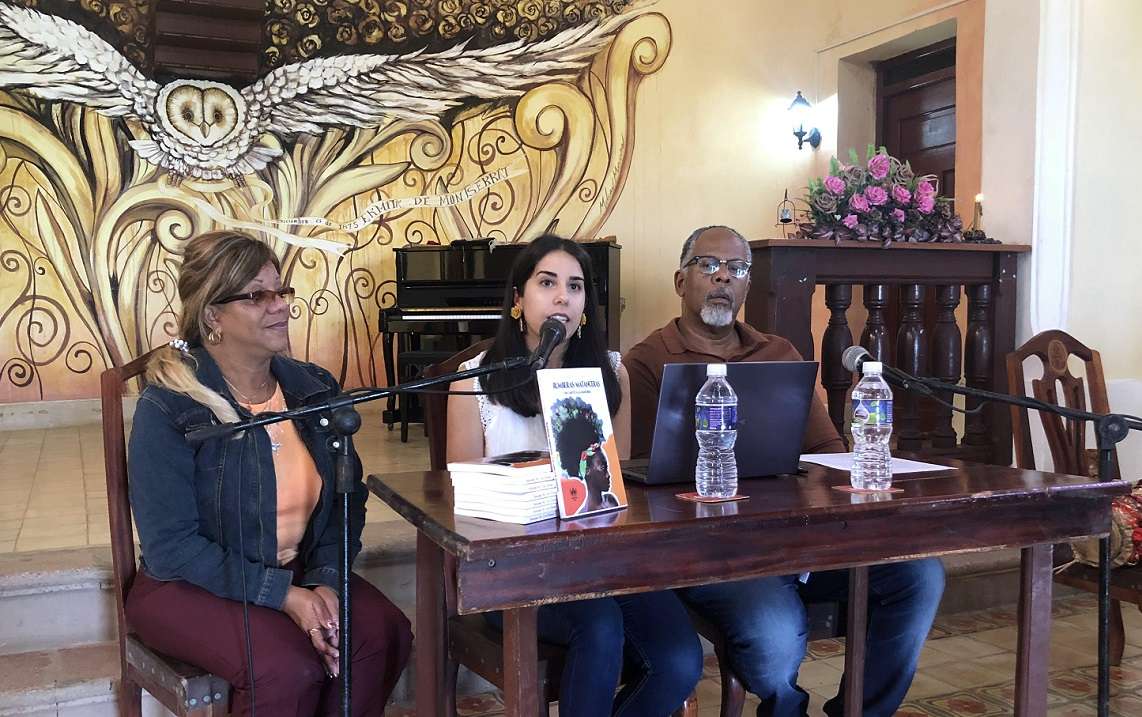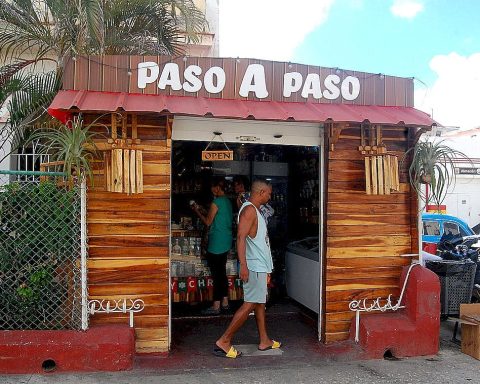The book matancera rumberasby the pianist and musicologist Roxana Coz Téstar, was presented for the first time in Cuba this week at the Hermitage of Monserrate, in killings.
Published under the North American imprint Some&Other Editions, the text addresses for the first time the future of these women from a musicological, sociocultural and gender perspective. It makes visible legendary figures of popular culture and those who remain grouped in the “Asociación de Mujeres Rumberas de Matanzas Estanislá Luna y Yeya Calle”, the only one of its kind in Cuba.
With the presence of several protagonists of this story, the presentation also included, among others, the professor and researcher Miguel Ángel García Velasco, director of the AfroKuba Etnovisual Project who presented the documentary there. matancera rumberasmade in 2020.
Since 2012, Roxana Coz Téstar began her research on the rumba, “coupled with a strong personal commitment in defense of disadvantaged women due to racist and patriarchal thinking that persists today in the most subtle forms,” she highlights in the introduction to the text.
matancera rumberashe emphasizes, “is a tribute to those who sing today and to those who will sing tomorrow, to those who cling to life with the conviction of projecting a fairer reality, to those who dare to challenge the judicious gaze with batá touches of those who insist on limiting the creative and creative capacity, that ideal pairing that distinguishes the constant work of the rumberas from Matanzas».
The rumba asks for more
In 2016 Roxana Coz Téstar was the winner of the “María Teresa Linares” research grant, awarded by the Timbalaye Project and the Hermanos Saíz Association (AHS). Her passion for the genre continues.
«Rumba is a genre that seeks to go beyond certain circumstances. It is a recreation mechanism, a form of fun that arises in the most spontaneous way”, he affirms in an interview with OnCuba.
“Even when some of the laws or government rulings tried to prohibit the genre, there were always mechanisms through which that spark escaped, through which to dance, party… and in some way circumvent those measures,” he adds.
Do you think it is still a relegated genre? Do you live your best moments?
I believe that currently a path has been advanced, based on everything that has been done in terms of musical productions under the protection of artistic representation companies. Prejudices have been broken. However, institutional obstacles survive and the same economic situation is a factor that determines that the rumba still does not have a moment of great splendor. Neither rumba, nor Cuban music in a very general sense.
I think there are not enough development mechanisms. However, there are the people who live it, who have it incorporated into their daily actions, into their lives, who appreciate it. There does not have to be an institution that dictates how the development of the genre will be. The cultists are looking for a way to direct it. I do think that doors have to be opened.
Will you continue to delve deeper into this topic from now on?
Since my undergraduate degree, I have been in contact with female rumba groups in Havana, for example, although some of them are not clearly rumberas. But currently and from my studies in Mexico, I am taking a turn with the purpose of examining the construction of a “concept” about the rumbera of the solar.
There was a phenomenon starting in the 1920s with the development of the music industry and Mexican cinema. A “tropicalized”, “exotic” concept of what rumbera was and that has remained. I am interested in seeing what has happened, how an entire aesthetic was built around the rumba, and that was influenced by very famous women such as María Antonieta Pons, Ninón Sevilla, Amalia Aguilar and Rosa Carmina.
In 2016 the Cuban rumba was declared Intangible Heritage of Humanity. In its justification, the United Nations Educational, Scientific and Cultural Organization (Unesco) highlighted that it is “an expression of self-esteem and resistance”.














